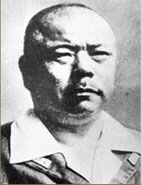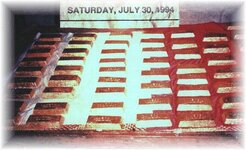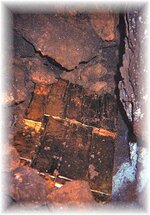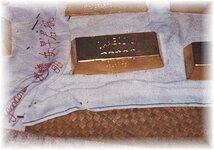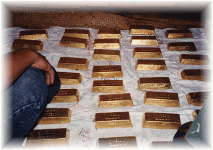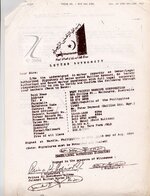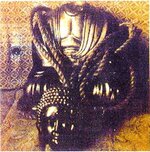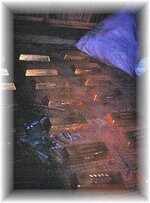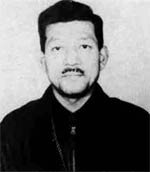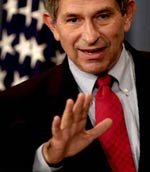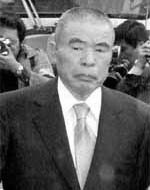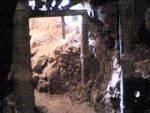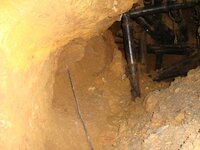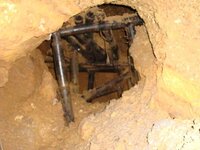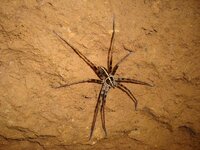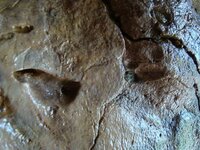B
BROKENMAN
Guest
Re: the Legend of Yamashi.ta's Gold in the Phillipines circa 1945
All the evidences regarding the existence of yamashi.ta treasures are all over the internet, its up to you and the others to accept or disregard the argument about it....... bcoz, to us who feel, touch and see cannot be swayed by any of the people you have mentioned including you in locating more of this treasures. In our place of the world we have also people in high places who benefit out of it, but they don't brag to others and there are commoners like me who just whispers their find to the treasure hunting local community, though small, still its part of the yamashita treasure.
All the evidences regarding the existence of yamashi.ta treasures are all over the internet, its up to you and the others to accept or disregard the argument about it....... bcoz, to us who feel, touch and see cannot be swayed by any of the people you have mentioned including you in locating more of this treasures. In our place of the world we have also people in high places who benefit out of it, but they don't brag to others and there are commoners like me who just whispers their find to the treasure hunting local community, though small, still its part of the yamashita treasure.


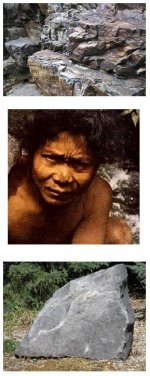



 and leading your to the treasure….{this is really funny..}
and leading your to the treasure….{this is really funny..}

